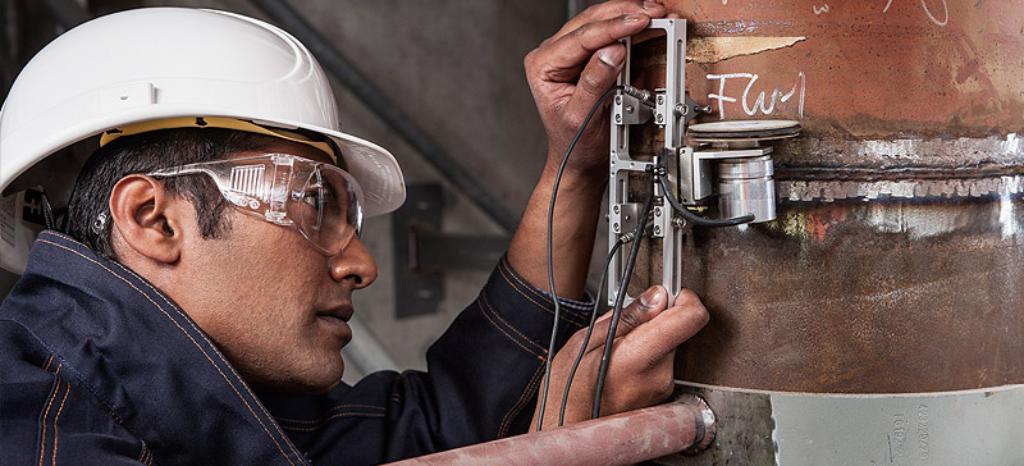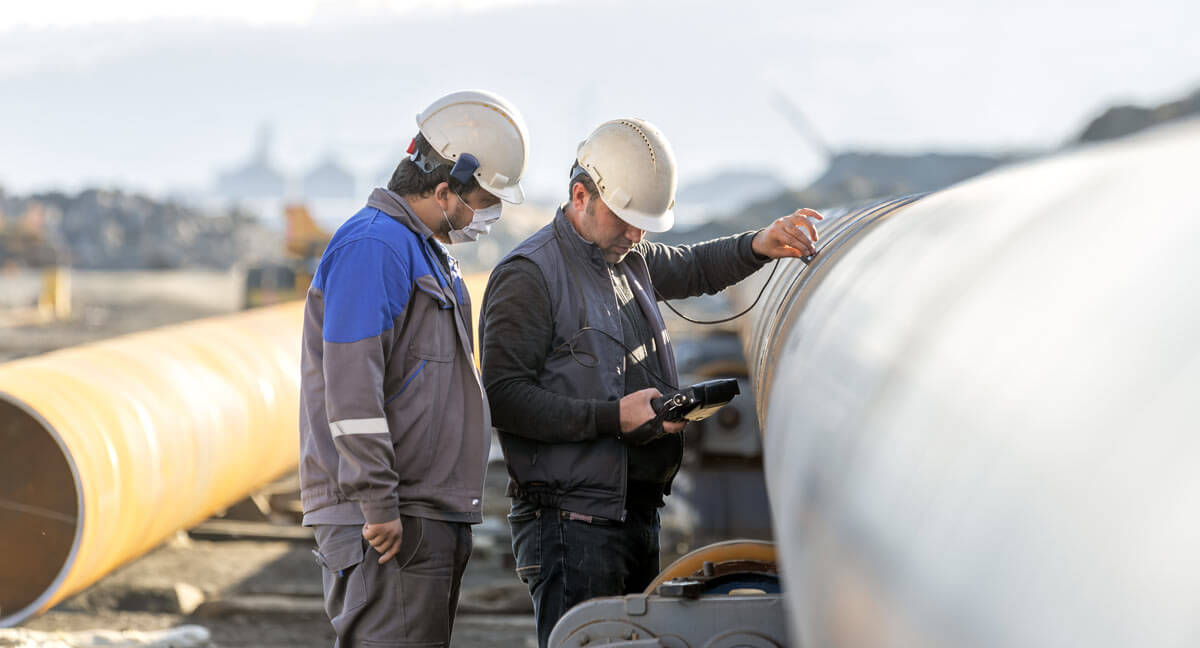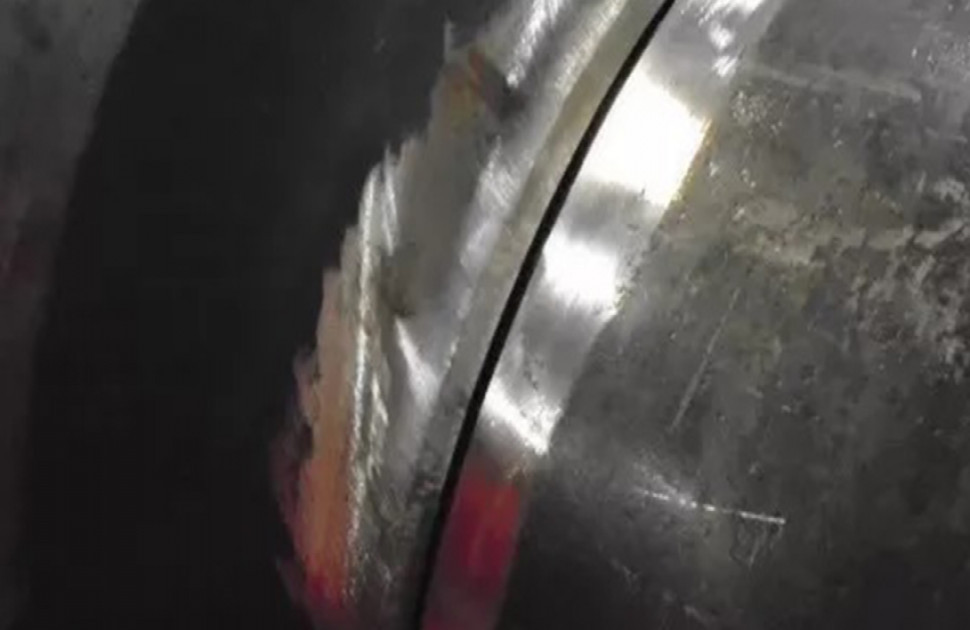A Comprehensive Overview to Welding Evaluation Techniques and Ideal Practices for Quality Control in Fabrication Projects
Welding evaluation serves as a fundamental column in guaranteeing the structural honesty and safety of made tasks. Establishing reliable practices and a durable quality monitoring system can improve conformity and dependability.
Relevance of Welding Examination
Welding inspection is a vital component in making sure the stability and safety and security of bonded frameworks. The process includes a systematic evaluation of welds to determine any type of problems that might compromise the toughness and durability of the end product. Effective examination is essential not only for compliance with market requirements and laws yet also for guarding the health and wellness of employees and the general public.

Furthermore, welding inspection offers as a valuable tool for continual improvement in fabrication procedures. By identifying recurring issues, organizations can implement corrective measures, leading to enhanced training for welders and better general practices. Ultimately, prioritizing welding evaluation promotes a culture of high quality assurance, making sure that tasks fulfill both customer expectations and regulative needs. This positive method is vital for achieving excellence in welding and construction.
Common Welding Inspection Strategies
Various strategies are utilized to inspect welds, each tailored to detect particular sorts of defects and make certain high quality. Amongst the most frequently made use of methods are aesthetic inspection, ultrasonic screening, radiographic screening, magnetic particle screening, and color penetrant testing.
Visual evaluation is one of the most uncomplicated method, enabling inspectors to recognize surface abnormalities such as cracks, porosity, and damaging. Ultrasonic testing employs high-frequency acoustic waves to identify interior problems, providing a thorough assessment of weld integrity. Radiographic screening utilizes X-rays or gamma rays to develop pictures of the weld, exposing inner defects that are not noticeable to the nude eye.
Magnetic bit testing is especially efficient for ferromagnetic materials, determining surface and near-surface flaws by applying electromagnetic fields and making use of fine bits that show abnormalities. Color penetrant testing involves applying a tinted color to the weld surface, which seeps into cracks and is exposed under ultraviolet light, making it very easy to detect problems.
Each of these strategies plays an important role in maintaining welding high quality, and the choice of a suitable approach depends upon the particular requirements of the manufacture project, consisting of material type, weld setup, and the desired level of inspection.
Vital Assessment Devices


Gauging tools, including calipers, assesses, and leaders, are vital for confirming tolerances and dimensions. These tools help guarantee that welds fulfill the called for specifications for toughness and longevity. In addition, ultrasonic testing tools are used to discover inner flaws without jeopardizing the integrity of the weld. This non-destructive screening method is try this site essential for determining concerns that might not show up externally.
Another crucial device is the firmness tester, which evaluates the mechanical homes of a weld and determines its suitability for certain applications. Welding examination software aids in documenting searchings for, facilitating data analysis, and making certain compliance with sector requirements. Together, these vital evaluation devices form a thorough toolbox that sustains the welding examination procedure, inevitably contributing to the quality control of fabrication jobs.
Best Practices for Quality Guarantee
In the pursuit of quality guarantee, executing best methods is essential for achieving reputable and consistent welding end results. Developing an extensive welding quality monitoring system (WQMS) is basic. This system needs to include defined procedures, standards, and documents techniques that direct every phase of the welding process.
Routine training and qualification of welding employees are crucial. Skilled welders with updated expertise of techniques and precaution add considerably to high quality. Performing pre-welding evaluations ensures that products and equipment meet defined criteria, lowering the possibility of flaws.
Including real-time monitoring throughout the welding procedure permits for immediate detection of irregularities, allowing rehabilitative actions to be taken quickly. Post-welding assessments, including aesthetic checks and non-destructive screening (NDT), are essential in verifying weld stability and compliance with industry requirements.
Furthermore, keeping thorough records of assessments, weld criteria, and rehabilitative actions promotes a society of responsibility and continuous renovation. Involving stakeholders in routine high quality evaluations can also improve the general effectiveness of quality control actions. By sticking to these best techniques, organizations can dramatically raise their welding quality control initiatives, therefore making sure project success and customer satisfaction.
Enhancing Security and Conformity
Accomplishing high standards in welding quality control normally lines up link with the important of improving security and compliance within the market. Effective welding evaluation methods are essential in determining prospective dangers and guaranteeing that all processes abide by governing requirements. These techniques not only offer to preserve structural integrity however likewise safeguard the health and wellness of personnel included in manufacture tasks.
Executing rigorous assessment methods, such as visual examinations, non-destructive screening (NDT), and extensive documentation, establishes a society visit the website of safety and liability. Training welders and assessors in current safety regulations and finest techniques is vital. This guarantees that all group members know prospective risks and are outfitted to alleviate them.
Moreover, conformity with industry requirements, such as those set by the American Welding Society (AWS) and the International Company for Standardization (ISO), is non-negotiable. Normal audits and assessments aid identify gaps in security measures and promote continuous improvement - Welding Inspection Milwaukee. Ultimately, a dedication to enhancing safety and conformity not only cultivates a safer working atmosphere yet also causes premium quality results and lowered obligation for companies taken part in welding manufacture
Verdict

Welding examination serves as an essential column in making sure the architectural honesty and safety and security of fabricated jobs.Welding assessment is a vital part in ensuring the stability and security of bonded structures. Inevitably, focusing on welding inspection fosters a culture of quality assurance, making sure that jobs meet both consumer assumptions and regulatory demands. With each other, these necessary assessment devices develop a thorough toolbox that sustains the welding assessment process, ultimately contributing to the quality guarantee of construction projects.
In verdict, effective welding examination is critical for making certain the structural stability and safety of fabricated projects. Welding Inspection Milwaukee.